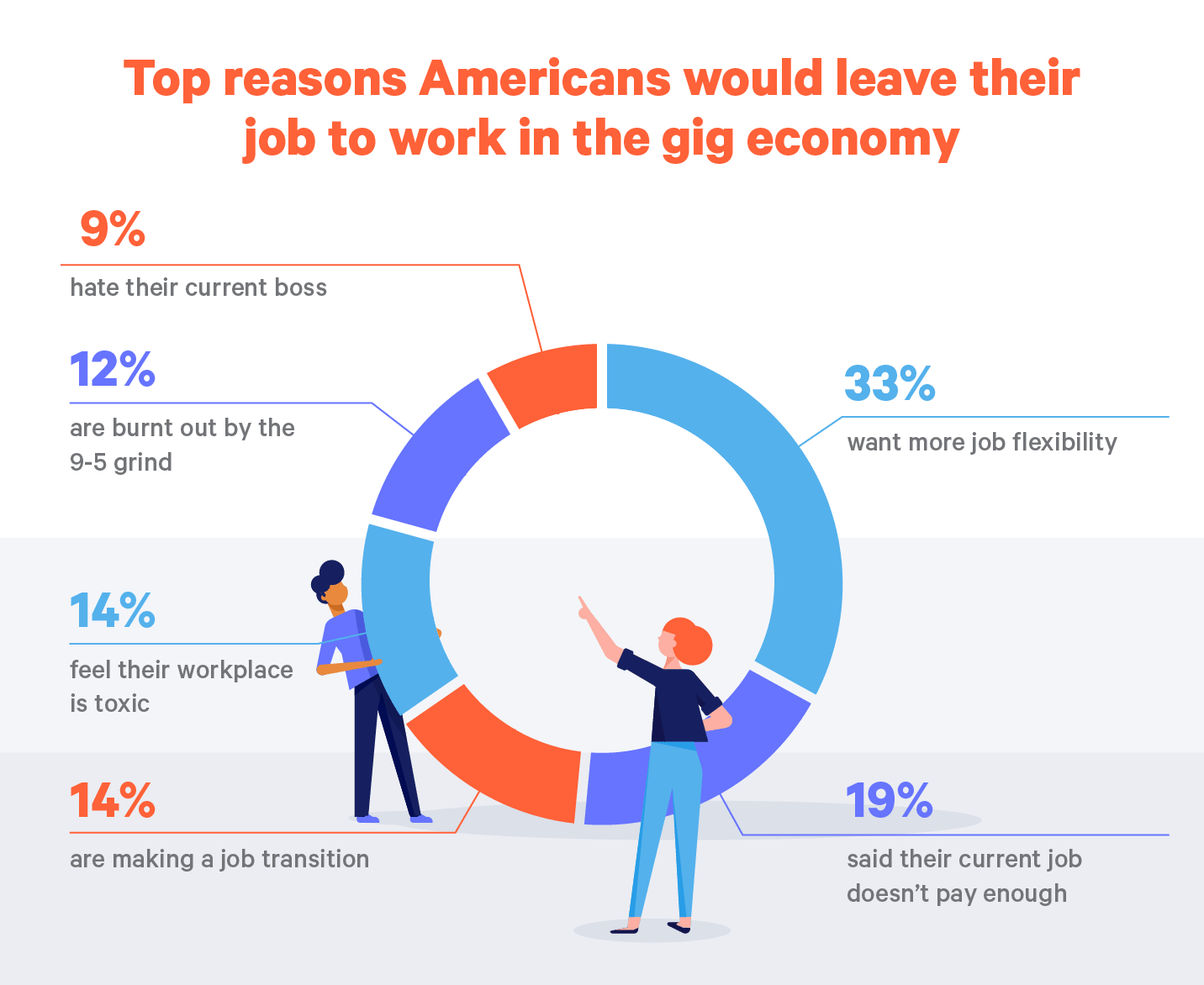The Gig Economy in America: A Shift in the Nature of Work
This moment allows us to thoroughly investigate the interesting theme surrounding The Gig Economy in America: A Shift in the Nature of Work. Let’s share key insights and offer new perspectives for the readers.
Video about The Gig Economy in America: A Shift in the Nature of Work
The Gig Economy in America: A Shift in the Nature of Work

The gig economy, also known as the sharing or on-demand economy, has become an integral part of the American workforce. This phenomenon has transformed the way people work, earn a living, and interact with one another. In this article, we’ll delve into the world of gig work, exploring its history, benefits, drawbacks, and the impact it has on the American economy.
What is the Gig Economy?
The gig economy refers to a labor market characterized by short-term, flexible, and often freelance work arrangements. This type of work is usually project-based, and individuals operate as independent contractors, choosing when and how they want to work. The gig economy has grown exponentially in recent years, with millions of Americans participating in this new type of workforce.
History of the Gig Economy
The concept of gig work dates back to the 1970s and 1980s, when musicians and artists began using the term "gig" to describe their freelance work. However, the modern gig economy began to take shape in the early 2000s, with the advent of online platforms such as Upwork, Freelancer, and TaskRabbit. These platforms connected freelancers with clients, creating a new market for short-term work arrangements.
The gig economy gained momentum in the aftermath of the Great Recession of 2008, as many Americans turned to freelance work to supplement their income or make ends meet. The rise of smartphones and mobile applications further accelerated the growth of the gig economy, with companies like Uber and Lyft revolutionizing the transportation industry.
Statistics on the Gig Economy
According to a report by Gallup, 36% of Americans engage in gig work, which translates to approximately 57 million people. This number has been steadily increasing, with a 7% growth rate between 2019 and 2020. The gig economy is projected to continue growing, with a predicted 34% of the workforce participating in freelance work by 2025.
The gig economy encompasses a diverse range of industries, including:
- Ride-sharing and transportation (e.g., Uber, Lyft)
- Freelance writing and design (e.g., Upwork, Freelancer)
- Food delivery and preparation (e.g., GrubHub, UberEats)
- Childcare and pet-sitting (e.g., Care.com, Rover)
- Task-based work (e.g., TaskRabbit, Fiverr)
Benefits of the Gig Economy
The gig economy offers several benefits to workers, including:
- Flexibility: Gig workers have the freedom to choose when and how they work, allowing them to balance their professional and personal lives.
- Autonomy: Freelancers operate as independent contractors, giving them control over their work and the ability to pursue projects that interest them.
- Opportunity for extra income: The gig economy provides a platform for individuals to earn extra money, which can be especially beneficial for those living paycheck-to-paycheck.
- Skill development: Gig work allows individuals to develop new skills and expand their professional expertise, making them more competitive in the job market.
- Diversification: The gig economy enables workers to diversify their income streams, reducing their reliance on a single job or employer.
Drawbacks of the Gig Economy
While the gig economy offers numerous benefits, it also has its drawbacks, including:
- Lack of job security: Gig workers often face uncertainty and insecurity, as their income and work hours can fluctuate from one day to the next.
Closure
We trust this article has brought valuable information about The Gig Economy in America: A Shift in the Nature of Work. We appreciate your time in reading this article. Catch you in our next article!.